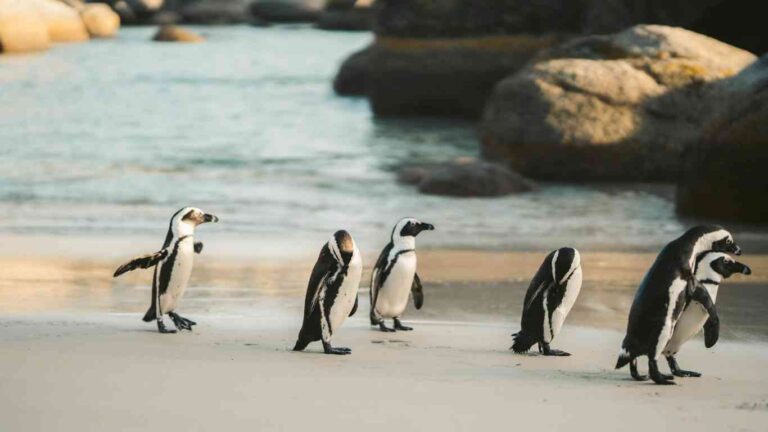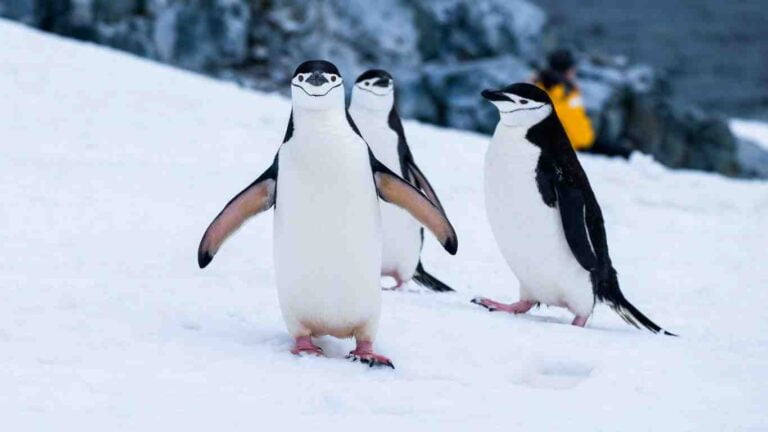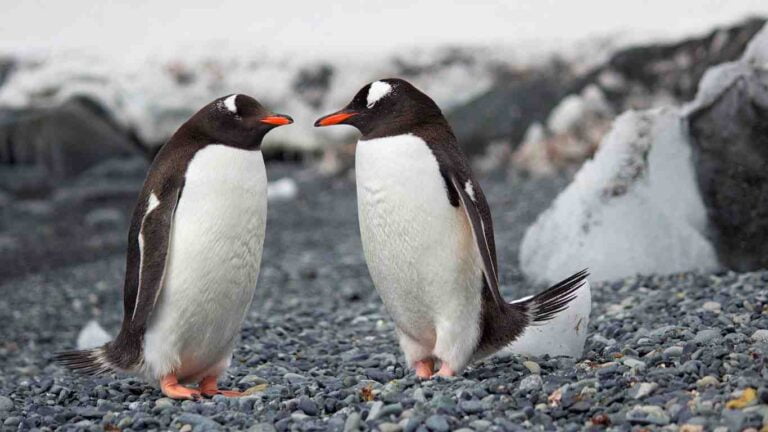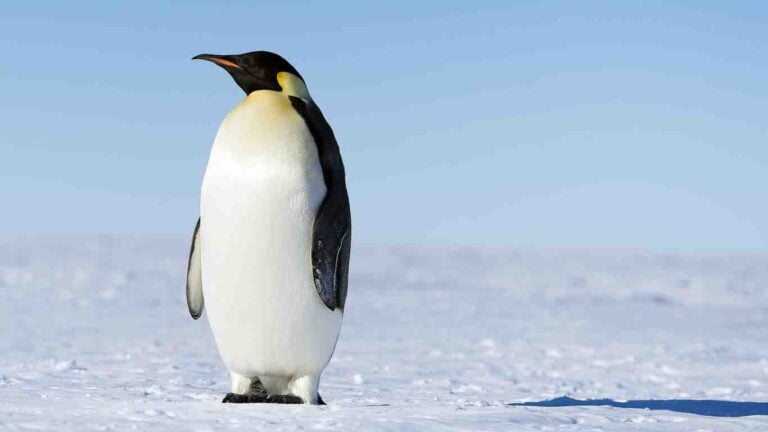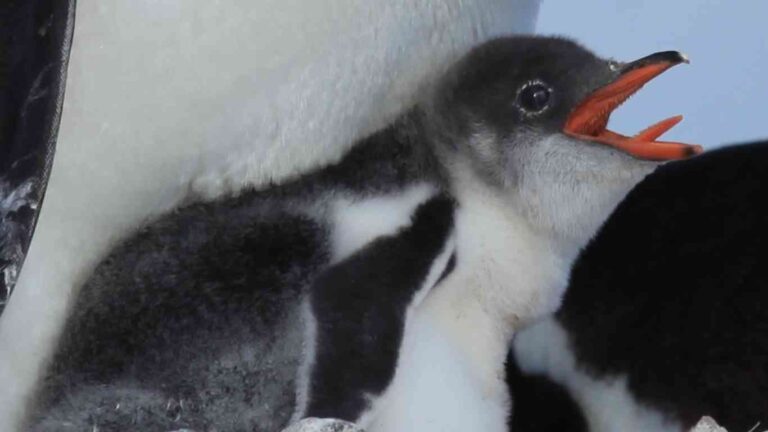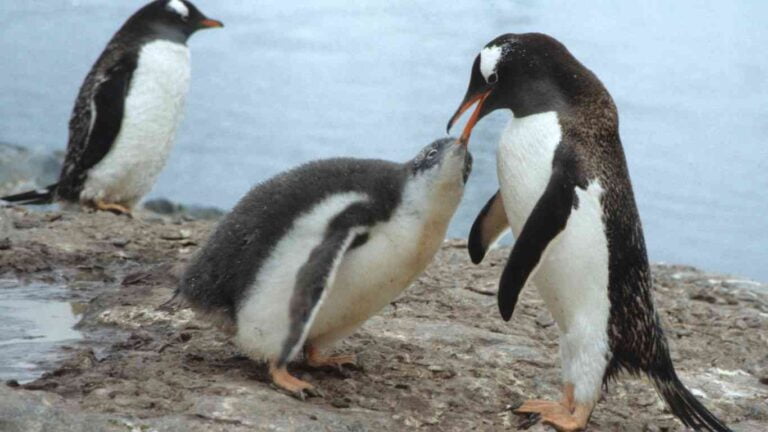Are Penguins Amphibians: Fact or Fiction?
Penguins are unique and captivating birds, but it’s a common misunderstanding that they are amphibians.
Their adaptations for an aquatic lifestyle, like waterproof feathers and flippers for swimming, lead some to believe they are more like frogs or salamanders.
However, penguins are warm-blooded birds that lay hard-shelled eggs on land, as opposed to amphibians.
Are Penguins Amphibians?
Penguins are not amphibians. They are classified as birds, specifically within the order Sphenisciformes.
Penguins are adapted for life in the water, with their streamlined bodies, flippers optimized for swimming, and evolved features that enable them to manage extreme temperatures, particularly in Antarctic species.
Unlike amphibians, which typically begin life in water and later develop capabilities to live on land, penguins are entirely air-breathing and lay their eggs on land or ice and raise their chicks until the young become self-sufficient.
While they spend a significant amount of their lives in oceanic waters, they return to land to reproduce and molt.
Their aquatic lifestyle, feather structure, and nesting behavior place them firmly within the realm of birds.
Are Penguins Birds or Amphibians?
Penguins are undoubtedly birds, not amphibians, and their characteristics align with bird life rather than amphibian life. Here’s how penguins fit into the category of birds not amphibians:
1. Penguins are warm-blooded not cold-blooded like amphibians
Penguins are warm-blooded birds. This means they have a constant body temperature that doesn’t change with the environment, an essential trait for surviving in cold habitats like Antarctica.
Amphibians are cold-blooded; their body temperature varies with the surrounding environment.
2. Penguins lay hard-shelled eggs, while amphibians lay jelly-like eggs
Just like typical birds, penguins lay hard-shelled eggs. Though they may not have nests in trees, they carefully incubate their eggs on land or ice.
Amphibians typically lay eggs in water, which are jelly-like, lacking a hard protective shell.
3. Penguins lay eggs on land and Amphibians lay eggs in water
While amphibians lay their eggs in water, penguin parents lay their eggs on land, showcasing yet another distinct bird-like trait.
4. Penguins have insulating feathers & amphibians have moist skin
Penguins are known for their specialized feathers, which provide both insulation against frigid temperatures and waterproofing for their aquatic lifestyle.
Amphibians on the other hand have smooth and moist skin, which plays a pivotal role in their respiratory process.
5. Penguins breathe with lungs, amphibians with gills and lungs
Similar to other birds, penguins rely on their lungs to breathe, not gills. They are perfectly adapted to alternating their time between diving underwater and living on land.
Early life stages of amphibians are aquatic, where they respirate through gills; adults often live on land and respirate through lungs or their skin.
6. Penguins swim with modified wings while amphibians have limbs
While they cannot fly in the air, penguins have wings modified for swimming, a characteristic exclusive to birds.
Amphibians do not possess wings at all. Instead, they have limbs suitable for either swimming in water or moving on land.
7. Penguin chicks do not have gilled larvae and are land-born
Penguin chicks are born on land and breathe air right from hatching, unlike the aquatic larval stage of amphibians.
They don’t undergo a metamorphosis that sees a transition from water to land – their life cycle is entirely terrestrial from the start.
8. Penguins have dense bones for diving, while amphibians have different skeletons
In comparison to the lightweight bones of many birds adapted for flight, penguins boast denser bones to aid them in diving.
Amphibians have a more varied skeletal structure to meet their habitat’s demands but certainly lack the adaptation for deep sea diving.
9. Penguins are social, unlike amphibians
Furthermore, many penguin species are highly social and form large colonies, a trait that is not associated with amphibians. This social structure plays a crucial role in their survival and breeding practices.
Ending Summary
In essence, Penguins are birds that are equipped to thrive on land and in water. They have heavy bones that help them dive, but unlike amphibians, they don’t have gills, don’t need to lay eggs in water, and breathe air.
Their breeding and social habits are similar to other birds. Clearly, penguins are birds, without any amphibian features.
(Featured Image by Sébastien goodseb from Pixabay)


